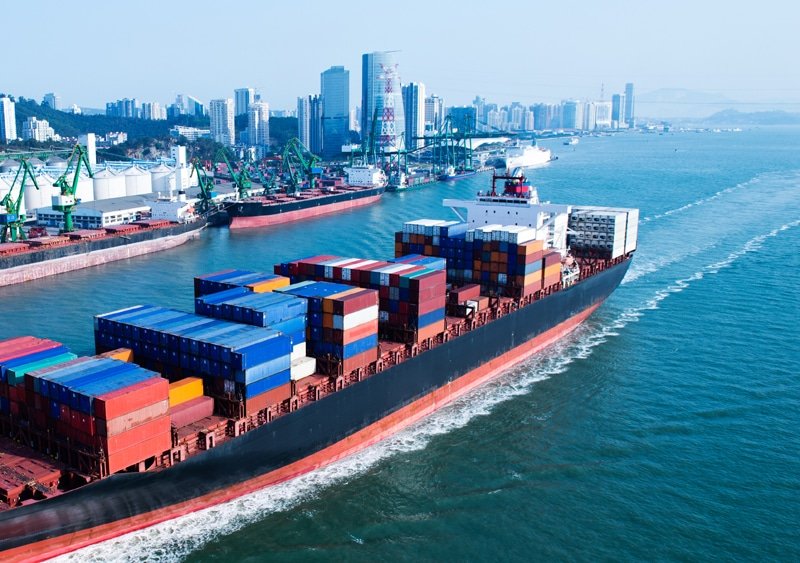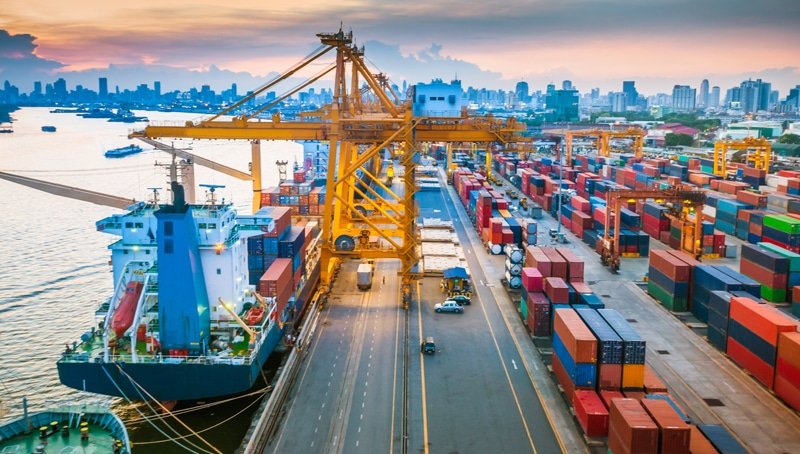
Introduction: Tailoring Trade with the Right Shipping Strategy
The trade relationship between China and Malaysia continues to deepen, fueled by China’s manufacturing strength and Malaysia’s thriving import needs. However, shipping these goods requires more than just selecting a mode of transport. It demands strategic planning across cost, time, compliance, and logistics intricacies.
Shenzhen Guanwutong International Freight Forwarding Co., Ltd. specializes in optimizing this process—delivering tailored, efficient, and transparent logistics solutions for businesses of all sizes.
Primary Shipping Methods: Cost vs. Transit Time Sea Freight (FCL & LCL)
- Full Container Load (FCL): Best for bulk shipments. Current market rates for a 20-ft container range between USD $600–800 and about $800–1,000 for 40-ft—competitive quotes based on industry norms.
- Less Than Container Load (LCL): For smaller volumes, LCL is priced per cubic meter, typically USD $10–20/m³.
- Transit Time: Estimated at 8 to 16 days from Chinese ports (e.g., Shenzhen, Shanghai) to Malaysia’s Port Klang or Penang.
Luftfracht
- Speed-Focused: Ideal for urgent or high-value goods—typically delivered within 3-5 Tage, sometimes faster.
- Higher Costs: Rates are significantly higher than Seefracht but justify the premium for time-sensitive shipments.
Express Courier (DHL, FedEx, etc.)
- Door-to-Door Convenience: Delivered to your doorstep—usually in 1–3 working days.
- Simplified Customs: Major carriers typically handle customs clearance themselves for seamless delivery.
Rail & Intermodal Routes
- Emerging Rail Route: The ASEAN Express connects Malaysia to China via Laos and Thailand, offering another viable freight corridor.
- Intermodal Benefits: Combining rail, sea, and road offers enhanced security and may reduce cost handling.
Matching Shipment Type to Transport Strategy

| Scenario | Recommended Mode | Why It Works |
| Large, non-urgent shipments | Seefracht (FCL/LCL) | Most cost-efficient for volume |
| Small, urgent goods | Luftfracht or Express | Quick delivery, ideal for urgent or high-value items |
| Mixed volume | Multimodal (sea + land/air) | Balances cost and speed |
| Haus zu Haus needs | Courier services | Maximum convenience, minimal handling |
Compliance & Customs: Avoiding Costly Hiccups
- Customs Clarity: Every shipment must be accompanied by accurate commercial invoices, HS codes, and packaging documents.
- Carrier Role: Express carriers often manage customs for you, reducing delays.
- Regulatory Costs: Duties and taxes must be considered when calculating total landed cost.
Adding Value with Integration & Support
At Guanwutong, our value-added services include:
- Full Supply Chain Integration: From warehouse consolidation in China to last-mile delivery in Malaysia.
- DDP Service: We manage everything—transport, customs fees, and delivery—for a fixed cost.
- Real-Time Tracking & Support: 24/7 updates and multilingual customer service.
- Route Optimization: Selecting the ideal mode based on season, weight, volume, and product type.
Summary: Aligning Strategy with Shipment Needs
- Choose Seefracht for bulk, low-cost needs with flexible timelines.
- Opt for air or courier when time is money or for valuable, small shipments.
- Use multimodal strategies for optimized cost and speed.
- Rely on a capable partner who handles documentation and compliance expertly.
